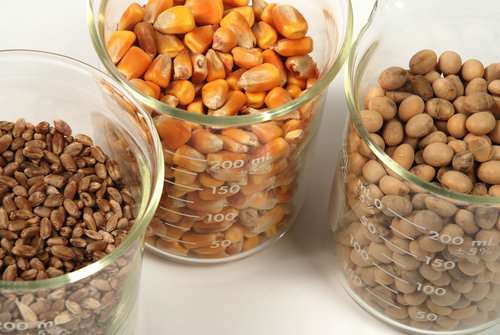Purdue University released its agricultural outlook for 2017
By Diego Flammini
Assistant Editor, North American Content
Farms.com
According to Purdue University’s agricultural outlook for 2017, farmers could experience low crop prices and farm incomes.
Corn prices for producers could average $3.45 per bushel in 2017, down from $3.85 per bushel in 2015.
“In the last three years, U.S. production has outpaced usage for corn, soybeans and wheat," Chris Hurt, Purdue Agricultural Economics Report editor, said in a release. “Abundant inventories of grains and soybeans mean low prices.”

As the price for corn drops, so does the price of farmland.
According to the annual Purdue Farmland Value Survey, an acre of average Indiana farmland was worth $7,041 last year, down from a peak of $8,129 in 2013 – a 13.4 per cent decline.
“The primary force behind the farmland value decline has been the decline in crop production profitability,” Craig Dobbins, farm management specialist, said in the release. “While there are several positive forces in the farmland market, these positive factors are overridden by low farm commodity prices and low contribution margins.”
Hurt said that farmers could see between $9.50 and $10 per bushel for soybeans. But he warned the number could dip if growers in South America have a good year and American farmers plant more soybean acres.